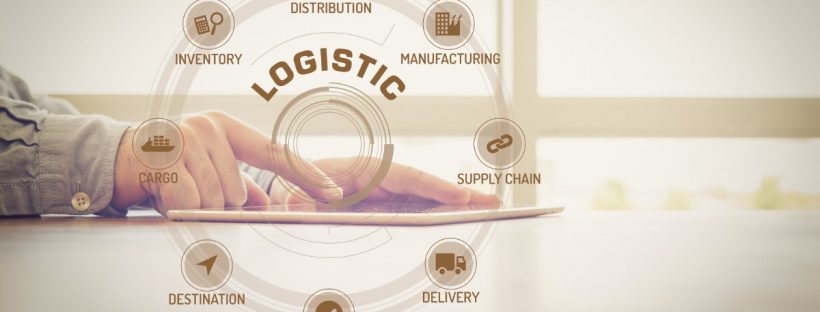While planning for a natural disaster may seem daunting, it’s imperative to have a strategy in place. Beyond wreaking havoc on the land, disasters can disrupt both global and local supply chains through missed deliveries, logistics snags and supply shortages. Nonprofits are often one of the first to assist with the relief and recovery process, and it can be difficult for these groups to develop a plan for procuring the right goods to help those affected. With our charitable organizations in mind, we’re laying out the steps you need to take to build a strong sourcing strategy.
Create
Prior to cultivating a relationship with a potential sourcing partner, it’s important to consider the following:
- Budget: Does your organization have a dedicated budget for disaster-relief efforts? Allocating funds prior to a disaster is crucial, as you’ll be able to respond quickly and acquire essential items.
- Past Contributions: Where did you send resources previously, and what types of resources did you provide? Referencing this information will help you know which items were in demand during past emergency situations, including when they were needed most.
- Forecasting Needs: Use your organization’s historical data to identify trends, such as whether you allotted the majority of your contributions to your community or to global events.
Develop
While you may not have a warehouse to store the supplies you’ve sourced throughout the year, a strategic partner will. This partner also can assist with expediting products, sourcing specific items, and routing your resources to the right places during a disaster. These benefits are invaluable, as relief groups often look to procure similar items, which can deplete inventories and further impact the supply chain.
- Road Map: It’s critical to have a plan in place for your supply chain efforts to ensure you’re prepared to send relief and recovery items when disaster strikes – or even before.
- Communication: During a disaster, seamless communication is essential. All critical departments need to be properly informed to ensure your disaster-relief efforts aren’t delayed.
Execute
You have a plan in place and it’s time to act. What are your next steps?
- Breathe: Take a moment to analyze the situation and develop an understanding of the disaster. You’ll need to know what challenges the disaster may pose and identify alternatives as applicable. Maintain a professional presence to diffuse emotional responses around you and keep everyone within your team focused on the plan.
- Send Supplies: Determine where to send your supplies by reaching out to partners, local officials, your volunteer network or emergency services. It’s critical your resources are sent to the right place at the right time.
Rate Your Response
Contact your sourcing partner and take note of any procurement challenges you faced during the disaster. Make adjustments to your plan based on new solutions for future disaster-relief efforts. Wholesale partners like DollarDays can work with you to create a sourcing plan and provide a network of warehouses from which to source.
Conclusion
Preparing for a disaster is all about understanding your organization’s needs and having the right partners in place ahead of time to help you execute your initiatives. DollarDays can streamline sourcing of critically needed products to ensure they reach those who need them the most.
To learn more about working with DollarDays on your disaster-relief and community preparedness strategies, visit our online disaster-relief portal or contact us directly.
